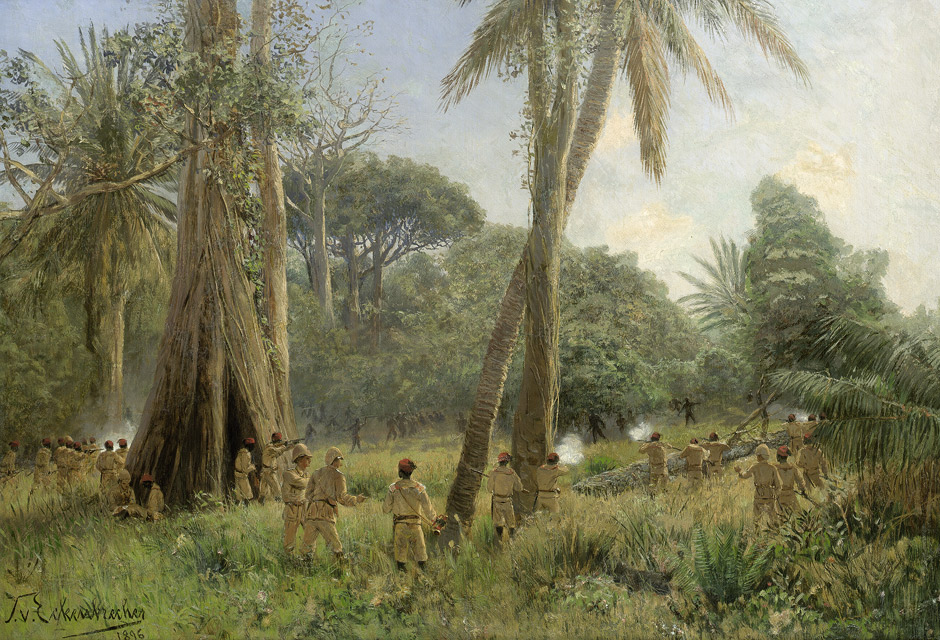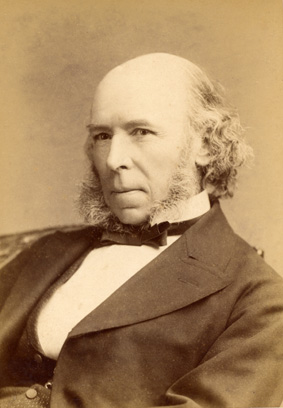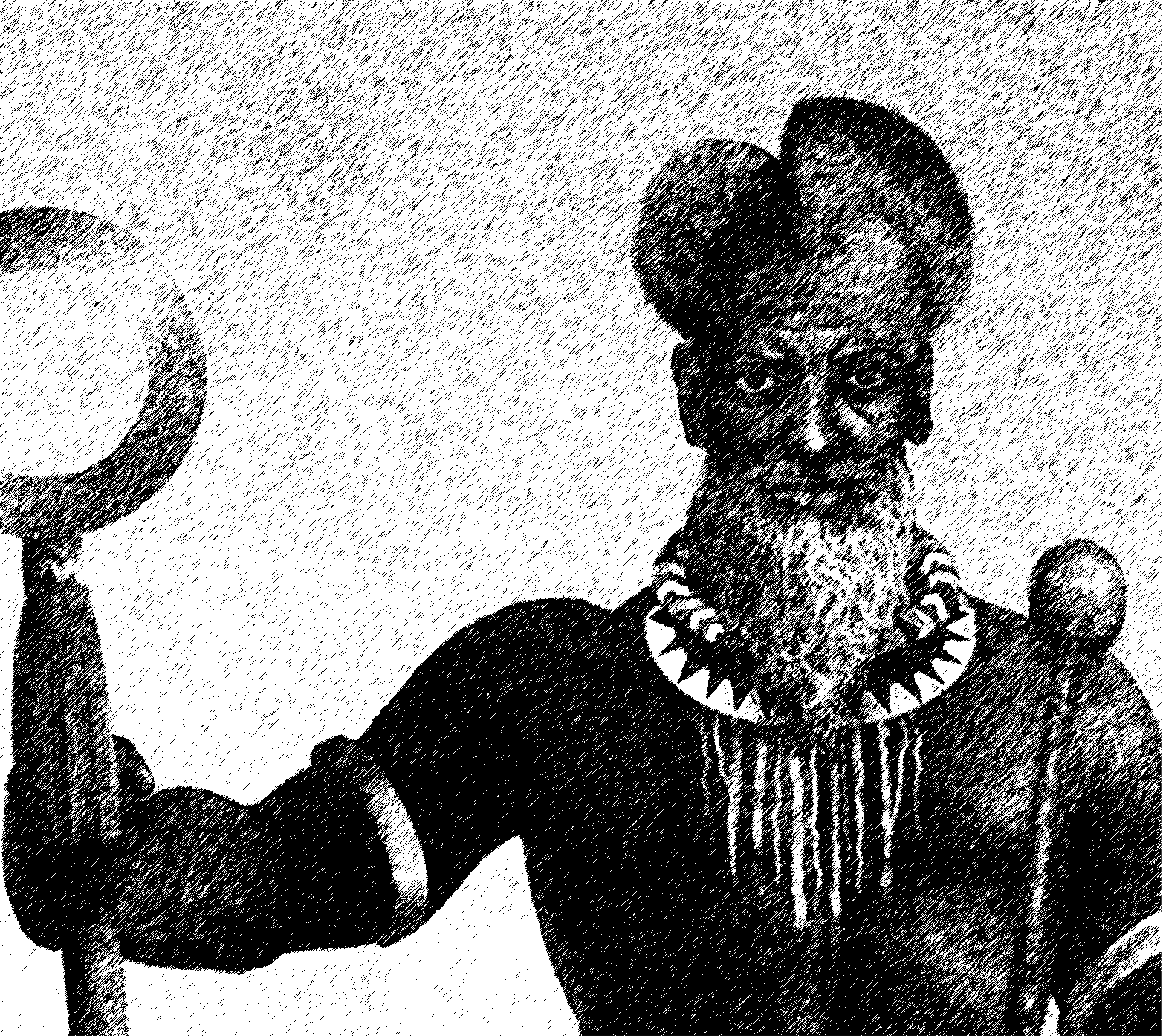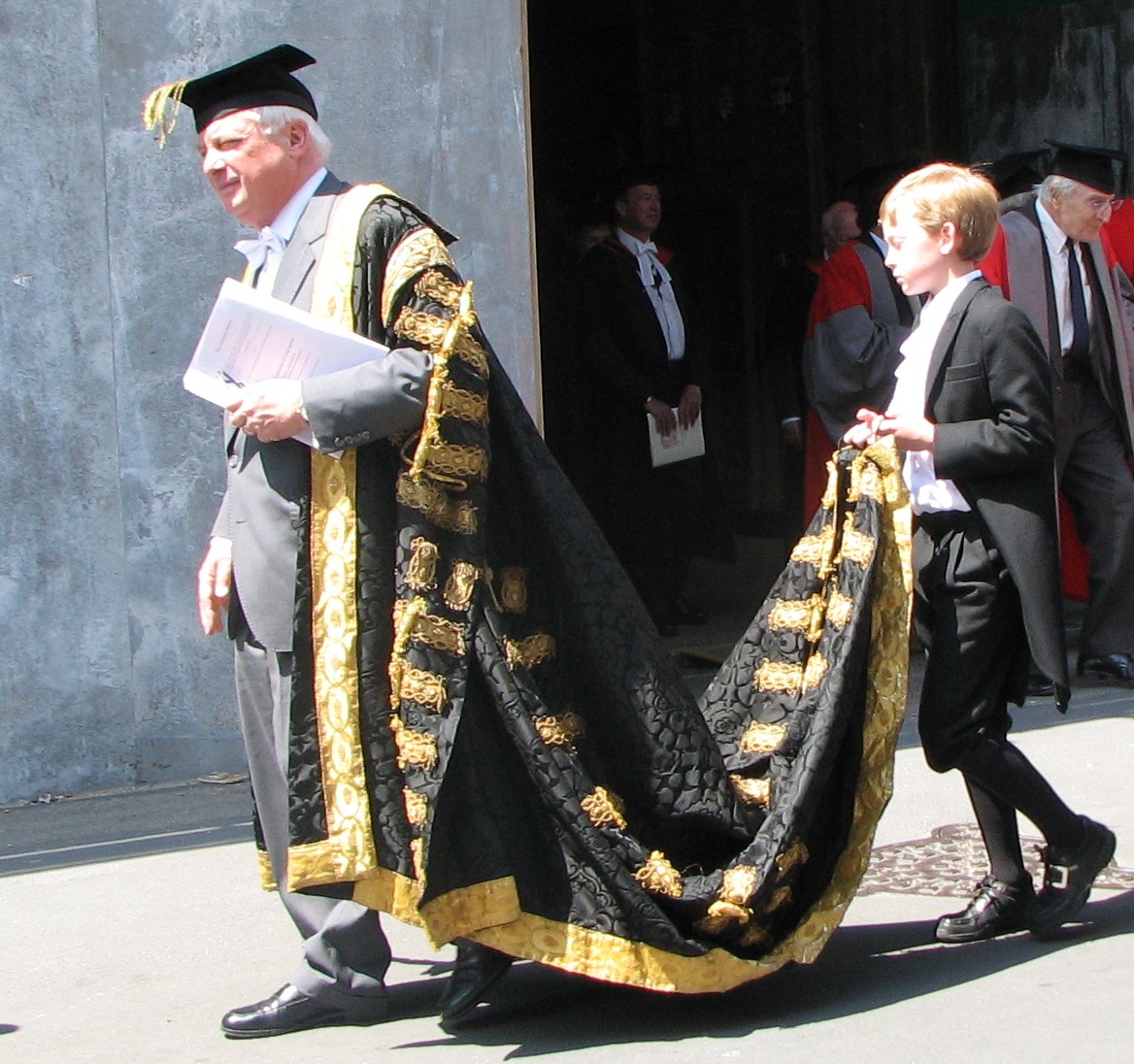|
Rwandan Monarchy
The Kingdom of Rwanda (also known as the Nyiginya Kingdom or Nyginya Dynasty) was a Bantu kingdom in modern-day Rwanda, which grew to be ruled by a Tutsi monarchy. It was one of the most centralized kingdoms in Central and East Africa. It was later annexed under German and Belgian colonial rule while retaining some of its autonomy. The Tutsi monarchy was abolished in 1961 after ethnic violence erupted between the Hutu and the Tutsi during the Rwandan Revolution which started in 1959. After a 1961 referendum, Rwanda became a Hutu-dominated republic and received its independence from Belgium in 1962. After the revolution and abolition of the monarchy, the deposed Kigeli V eventually settled in the United States, and since then monarchists have maintained a court-in-exile outside of Rwanda. The current pretender to the Rwandan throne is Yuhi VI. History The later lands of Rwanda were originally inhabited by the Twa, who largely lived as hunters, gatherers, and potters. Hu ... [...More Info...] [...Related Items...] OR: [Wikipedia] [Google] [Baidu] |
German East Africa
German East Africa (GEA; ) was a German colonial empire, German colony in the African Great Lakes region, which included present-day Burundi, Rwanda, the Tanzania mainland, and the Kionga Triangle, a small region later incorporated into Portuguese Mozambique, Mozambique. GEA's area was , which was nearly three times the area of present-day Germany and almost double the area of metropolitan Germany at the time. The colony was organised when the German military was asked in the late 1880s to put down a revolt against the activities of the German East Africa Company. It ended with German Empire, Imperial Germany's defeat in World War I. Ultimately the territory was divided amongst Britain, Belgium and Portugal, and was reorganised as a League of Nations mandate, mandate of the League of Nations. History Like other colonial powers, the Germans expanded their empire in the Africa Great Lakes region, ostensibly to explore the region's rich resources and its people. Unlike other imp ... [...More Info...] [...Related Items...] OR: [Wikipedia] [Google] [Baidu] |
1961 Rwandan Monarchy Referendum
A referendum on the monarchy was held in Rwanda on 25 September 1961, concurrent with parliamentary elections. The referendum asked two questions: whether the monarchy should be retained after independence the following year, and whether the incumbent, Kigeli V, should remain King. The result was a "no" to both questions from 80% of voters, with a 95% turnout. King Kigeli claimed the vote had been rigged. Results Question one Question two References {{Rwandan elections 1961 in Rwanda 1961 referendums 1961 Events January * January 1 – Monetary reform in the Soviet Union, 1961, Monetary reform in the Soviet Union. * January 3 ** United States President Dwight D. Eisenhower announces that the United States has severed diplomatic and cons ... Monarchy referendums ... [...More Info...] [...Related Items...] OR: [Wikipedia] [Google] [Baidu] |
Jan Vansina
Jan M. J. Vansina (14 September 1929 – 8 February 2017) was a Belgian historian and anthropologist regarded as an authority on the history of Central Africa, especially of what is now the Democratic Republic of the Congo, Rwanda, and Burundi. He was a major innovator in the historical methodology of oral tradition. As a professor at the University of Wisconsin–Madison, he taught several generations of students and, according to a biographer, "set the pace in African historical studies from the 1950s into the 1990s." Biography Vansina was first trained as a medievalist and ethnographer but became known as one of the most prominent Africanist scholars. In his work, he focused on the history of African societies prior to European contact, and is widely regarded as the foremost authority on the history of the peoples of Central Africa. He published widely on the subject, including a landmark text on the factual interpretation oral history. On Vansina, historian David Beach wr ... [...More Info...] [...Related Items...] OR: [Wikipedia] [Google] [Baidu] |
Kigali
Kigali () is the Capital (political), capital and largest city of Rwanda. It is near the nation's geographic centre in a region of rolling hills, with a series of valleys and ridges joined by steep slopes. As a primate city, Kigali is a relatively new city. It has been Rwanda's economic, cultural, and transport hub since it was founded as an administrative outpost in 1907, and became the capital of the country at independence in 1962, shifting focus away from Butare, Huye. In an area controlled by the Kingdom of Rwanda from the 15th century, and then by German East Africa, the German Empire in the beginning of the 20th century, the city was founded in 1907 when Richard Kandt, List of colonial residents of Rwanda, the colonial resident, chose the site for his headquarters, citing its central location, views and security. Foreign merchants began to trade in the city during the German era, and Kandt opened some government-run schools for Tutsi Rwandan students. Belgium East African ... [...More Info...] [...Related Items...] OR: [Wikipedia] [Google] [Baidu] |
Lake Muhazi
Lake Muhazi () is a long, thin shallow lake in the east of Rwanda. The bulk of the lake lies in the Eastern Province, with the western end forming the border between the Northern and Kigali Provinces.UN Field Support It is a flooded valley lake, lying predominantly in an east to west direction, but with numerous offshoots in a north to south direction, formerly the location of tributaries.Briggs & Booth p218 The lake has a concrete dam at the western end, constructed in 1999 to replace an earth dam which had existed since time immemorial. The lake empties into the Nyabugogo River, which flows southwards to Kigali, where it meets the Nyabarongo River, part of the upper Nile. Description Lake Muhazi is located in the eastern part of Rwanda, at coordinates . It is accessible from three of Rwanda's primary routes. The Kigali to Gatuna road passes close to the lake's western end, the Kigali to Kayonza road, which runs parallel to the lake to the south; finally, the Kayonza to Kag ... [...More Info...] [...Related Items...] OR: [Wikipedia] [Google] [Baidu] |
Gasabo District
Gasabo is a Districts of Rwanda, district (''akarere'') of Kigali, the capital of Rwanda. The headquarters of Gasabo are located in the Remera Sector. The district includes neighborhoods such as: Kacyiru, Kimironko, Remera, Nyarutarama and Kimihurura. The district is the location of the Kigali Genocide Memorial Centre, Gisozi Genocide Memorial Site, the burial place of approximately 300,000 victims of the Rwandan genocide, 1994 Genocide against Tutsis. In addition to the cemetery, the memorial has a related genocide exhibition area and library. There are plans to develop a teaching centre on the history of the genocide. History The original country of Rwanda, referred to as "the Rwanda of Gasabo" (u Rwanda rwa Gasabo), was a small territorial entity located in the present district of Gasabo, along the valley of Lake Muhazi, namely Nyabugogo. When the period of historical kings unfolded ("abami b’ibitekerezo"), Rwanda came under the reign of King Ruganzu Bwimba- The first king ... [...More Info...] [...Related Items...] OR: [Wikipedia] [Google] [Baidu] |
Historical Figure
A historical figure is a significant person in history, who may have made important cultural, social, political, scientific or technological impacts on humanity. They are often widely known for their achievements, whether favourably or unfavourably. The significance of such figures in human progress has been debated. Some think they play a crucial role, while others say they have little impact on the broad currents of thought and social change. The concept is generally used in the sense that the person really existed in the past, as opposed to being legendary. However, the legends that can grow up around historical figures may be hard to distinguish from fact. Sources are often incomplete and may be inaccurate, particularly those from early periods of history. Without a body of personal documents, the more subtle aspects of personality of a historical figure can only be deduced. With historical figures who were also religious figures attempts to separate fact from belief may ... [...More Info...] [...Related Items...] OR: [Wikipedia] [Google] [Baidu] |
Control Of Fire By Early Humans
The control of fire by early humans was a critical technology enabling the evolution of humans. Fire provided a source of warmth and lighting, protection from predators (especially at night), a way to create more advanced hunting tools, and a method for cooking food. These cultural advances allowed human geographic dispersal, cultural innovations, and changes to diet and behavior. Additionally, creating fire allowed human activity to continue into the dark and colder hours of the evening. Claims for the earliest definitive evidence of control of fire by a member of ''Homo'' range from 1.7 to 2.0 million years ago ( Mya). Evidence for the "microscopic traces of wood ash" as controlled use of fire by ''Homo erectus'', beginning roughly 1 million years ago, has wide scholarly support. Some of the earliest known traces of controlled fire were found at the Daughters of Jacob Bridge, Israel, and dated to ~790,000 years ago. At the site, archaeologists also found the oldest ... [...More Info...] [...Related Items...] OR: [Wikipedia] [Google] [Baidu] |
Gihanga
Gihanga I ("Creator", "Founder") is a Rwanda, Rwandan cultural hero described in oral histories as an ancient king popularly credited with establishing the ancient Kingdom of Rwanda. Gihanga descended from a line of gods Ibimanuka kings headed by Kigwa and introduced foundational elements of the African Great Lakes civilization, including fire, cattle, metalworking, hunting, woodworking, and pottery. He was described as possessing talents in leadership, technology, and spirituality. It is said that Gihanga ruled Rwanda from his palace in the now forest of Buhanga, an area that retained its forbidden and sacred status through the period of colonialism until the new government of Paul Kagame opened it to the public in 2004. No tangible evidence exists - apart from oral myths - to indicate that Gihanga lived,Adekunle, p. 50 although many Rwandans believe that he once lived .Vansina, pp. 56-57 Legend tells that Gihanga was the product of the marriage of two lineages. The paternal li ... [...More Info...] [...Related Items...] OR: [Wikipedia] [Google] [Baidu] |
Page (servant)
A page or page boy is traditionally a young male attendant or servant, but may also have been a messenger in the service of a nobleman. During wedding ceremonies, a page boy is often used as a symbolic attendant to carry the rings. Etymology The origin of the term is uncertain, but it may come either from the Latin ''pagius'' (servant), possibly linked to peasant, or an earlier Greek word (''pais'' = child). The medieval page In medieval times, a page was an attendant to a nobleman, a knight, a governor or a castellan. Until the age of about seven, sons of noble families would receive training in manners and basic literacy from their mothers or other female relatives. Upon reaching seven years of age, a boy would be sent to the castle, great house or other estate of another noble family. This would match the age at which apprenticeships or servants' employment would be entered into by young males from lower social classes. A young boy served as a page for about seven ye ... [...More Info...] [...Related Items...] OR: [Wikipedia] [Google] [Baidu] |
Emmanuel Bushayija
Emmanuel Bushayija (born 20 December 1960) is the claimant to the historical Kingdom of Rwanda, which was abolished in 1961. He was proclaimed the ceremonial successor to the royal title (''Mwami'') on 9 January 2017 under the reign name Yuhi VI by the Abiru, the privy council of the Rwandan monarchy. He succeeded his late uncle King Kigeli V and is a grandson of King Yuhi V. Biography He grew up in exile in Uganda, where he studied at Iganga Secondary School and worked for Pepsi Cola in Kampala. He also lived in Kenya, working in the tourism industry, before returning to Rwanda in July 1994 before moving to the United Kingdom six years later. The accession of Yuhi VI was made by proclamation of the Royal Council of Abiru, who are a group of elders and privy to the king's wishes as advisors. According to custom, the Council of Abiru announces the king’s selection of successor from among his family members.p.50. Adekunle, Julius O. 2007. Culture and customs of Rwanda. West ... [...More Info...] [...Related Items...] OR: [Wikipedia] [Google] [Baidu] |





